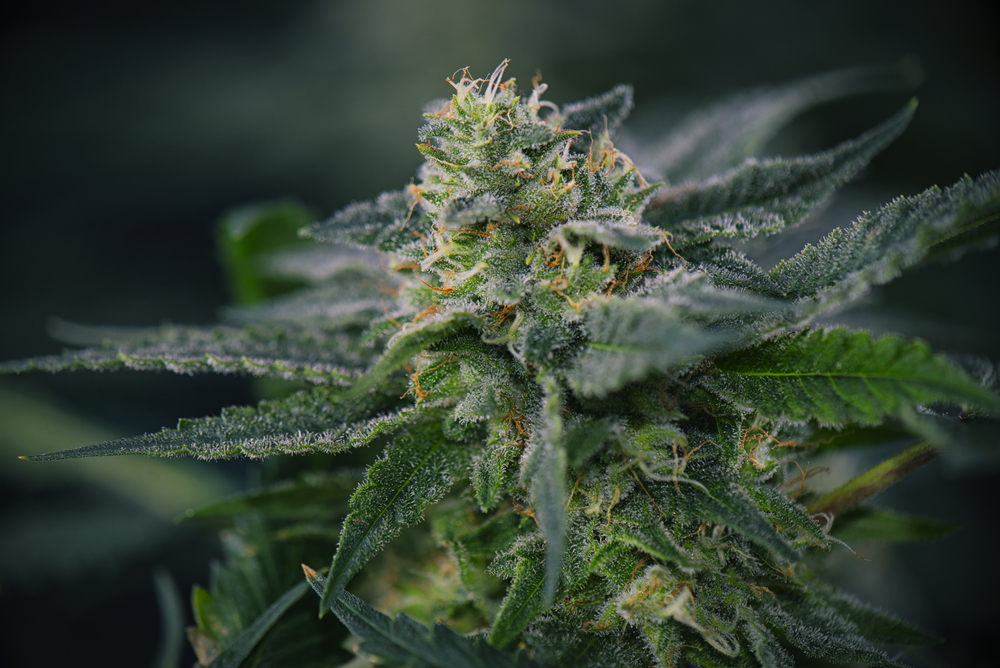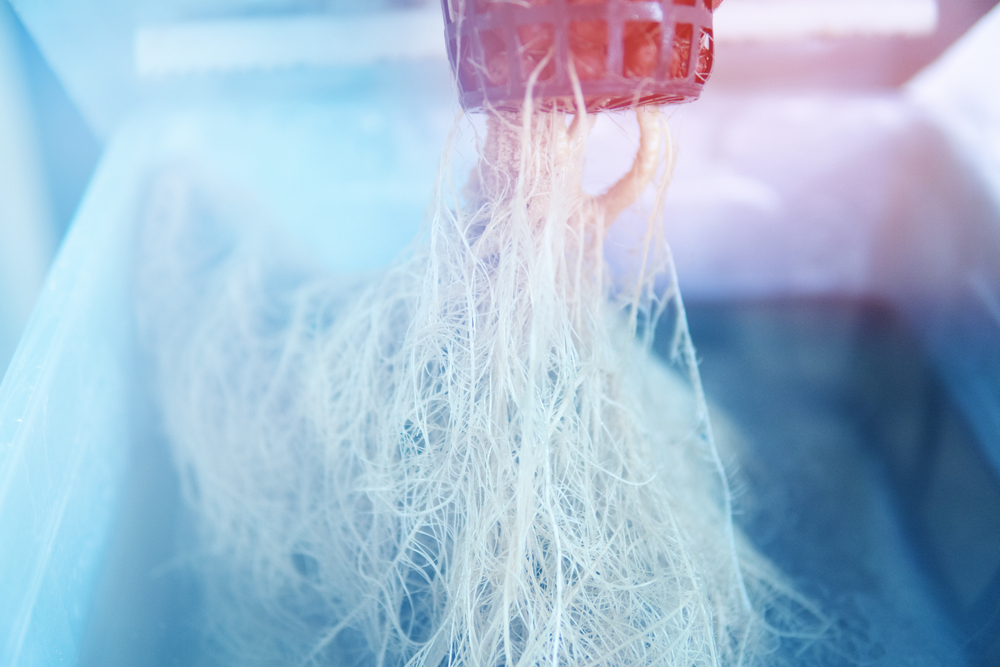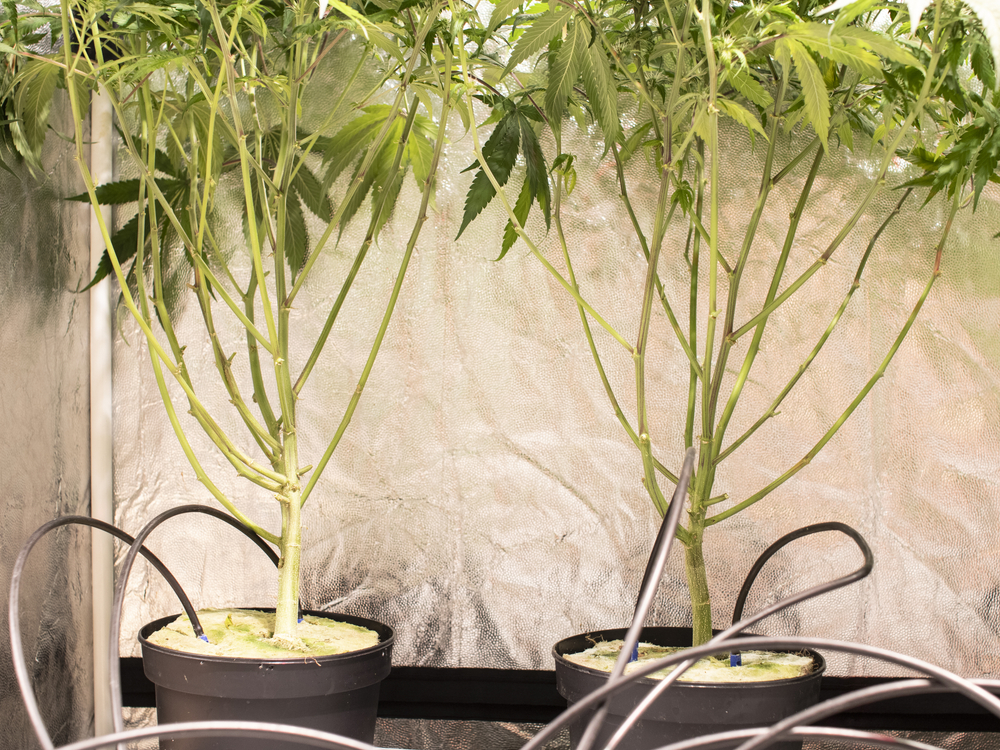The Anatomy of the Marijuana Plant
By MK Thomson
July 20 2023
Whether you’re a new or seasoned user, getting to know the plant we’ve all come to appreciate can be an exciting endeavor. In this post, we dive into the fascinatingly awesome world of the anatomy of the marijuana plant.
As the popularity and legalization of marijuana continue to sweep the nation, understanding the marijuana plant’s physical structure is also becoming more important. From the roots that firmly anchor its growth to the itsy-bitsy trichomes shining on the dense, sticky buds, we’ll go from below-bottom to top of this amazing plant, what each part does, and why it’s important to your overall MJ partaking experience. Let’s go!


Cultivation:
For growers, delving into the plant’s anatomy is like unlocking the secrets of successful cultivation. By understanding the specific needs of roots, stalks, leaves, and flowers, growers can optimize their cultivation techniques. Properly nourishing the roots, supporting sturdy stalks and branches, and ensuring healthy leaf development all contribute to robust plant growth and abundant yields. Through a deeper understanding of plant anatomy, growers can tweak the environmental conditions, nutrient formulations, and pruning techniques to maximize the plant’s potency potential.
Partaking:
Plant anatomy plays a vital role in guiding partakers on their cannabis journey. With more understanding, patients and adult users can make informed decisions when picking strains, products, and intake methods. Having an idea of the plant makeup can help partakers choose products that align with their desired effects and dosage preferences.
What’s more, familiarity with terpenes and their role in flavor and aroma profiles inspire users to explore strains that cater to partakers’ personal tastes.
Medicinal properties:
The structure of the plant directly influences its medicinal properties. Specific plant parts, such as the flowers rich in trichomes and resin glands, are known to harbor high concentrations of therapeutic compounds like cannabinoids and terpenes. By understanding even the basics of the anatomy, caregivers, and researchers can better identify and utilize the appropriate plant components to finetune therapeutic applications. Additionally, the distribution of compounds, including flavonoids, within the plant becomes pivotal, unlocking the comprehensive benefits cannabis provides.
Research and development:
Ongoing research and development in the cannabis industry heavily rely on an in-depth understanding of plant anatomy. Scientists and cultivators meticulously dissect the intricacies of the marijuana plant to develop new strains.
By studying the plant’s anatomy, researchers gain insights into the genetic makeup, chemical synthesis pathways, and plant physiology, paving the way for advancements in therapeutic applications, cultivation techniques, and overall industry innovation.

We’ve just given you an elementary class in the anatomy of this awesome plant! It’s all super interesting, right? But here’s the best part – you don’t have to be some amazing horticulturist or botanist to enjoy some truly great cannabis.
Especially here in Missouri, where legalized cannabis has brought together some of the country’s finest growers, cultivators, and product manufacturers – like CLOVR’s cannabis products. So kick back, relax, and savor the fruits of their labor. Take a hit, embrace the flavors, and appreciate the therapeutic wonders of this incredible plant.

Whether you’re a seasoned enthusiast or new to the world of marijuana, understanding its anatomy adds an extra layer of appreciation. So, as you enjoy the benefits of legalized cannabis in Missouri, know that behind every puff lies a world of dedication, innovation, and passion. Cheers to the remarkable journey of the marijuana plant and the delightful experiences it brings. Stay lifted, my friends.